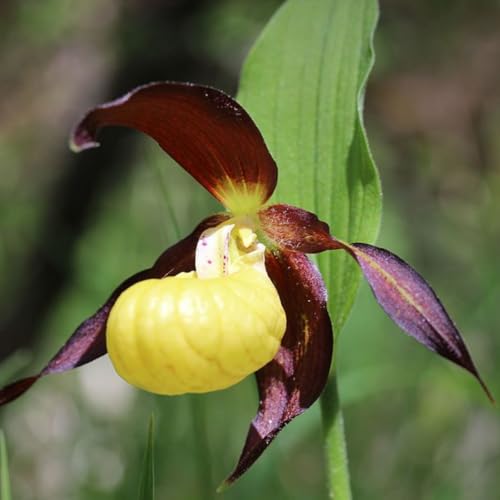Stone
Well-Known Member
Fe
Anyway, iron is usually the first thing to investigate if all nutrients are present and you are getting chlorosis in the newest leaves. It must be in balance with Mg, Cu and Zn. **Also check if sulphate-S is there in the Peters. Also, is the ''Cal Mag'' the one with Calcium chloride? Very bad!
Your tap water might be ok but I can't read it.
In hydroponics Fe can be very unstable. The best is the FeEDDHA chelated iron because the FeEDTA breaks down quickly at pH values over 5.5. I would investigate if that is your problem - or part of it. Try lowering the pH of the solution to 5.5 to see if that helps or perhaps buy some of the Fe compound mentioned if you don't want to lower pH and try it on a few plants. You can begin to see how tricky this can be.. If that does not help you need to keep looking elsewhere. (the plant in the back of the first photo is in serious trouble).This all makes perfect sense. I am sure you are correct that finding the correct balance of nutrients in S/H is more challenging than in an organic medium. And I obviously haven't found it yet.I guess maybe that is part of the challenge, I want to try to figure it out. Perhaps someday I will throw in the towel and return to bark culture but I am not there yet. I will take another look at the micronutrients and also the ph and see if I can find something that should be tweaked.
Anyway, iron is usually the first thing to investigate if all nutrients are present and you are getting chlorosis in the newest leaves. It must be in balance with Mg, Cu and Zn. **Also check if sulphate-S is there in the Peters. Also, is the ''Cal Mag'' the one with Calcium chloride? Very bad!
Your tap water might be ok but I can't read it.












































